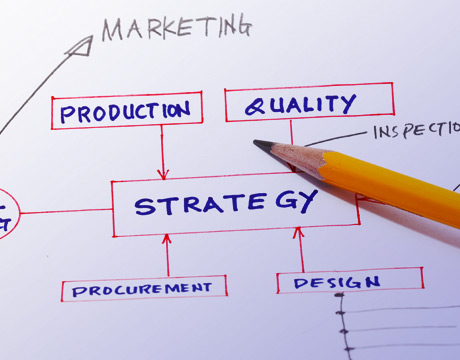Four Essential Steps for Product Planning
Four Essential Steps for Product Planning


Product planning can be a difficult process. Even deciding to give a potential creation more than a cursory glance is a major choice. Before it's money, it's your time. But how to begin this process and make it as smooth as possible?
Jonathan Cagan, a lab professor in mechanical engineering at Carnegie Mellon University, Pittsburgh, PA, and co-author of Creating Breakthrough Products, looks at four gates in the product planning process, though he emphasizes some use as many as three or even more than 10.
The Four Gates
The first gate is uncovering the needs and wants of the consumer. Once you've done that, the second phase is understanding the opportunity through research, defining the product, and deciding what its value attributes are. The third is the conceptual design. The fourth is realizing that opportunity by detailing the design and conducting the stress analysis.
Cagan says if you miss any of these steps, your product could be in trouble, but the second is especially important. "Mechanical engineers love to determine what they'll design and create but they don't stop to think about whether they've really found the right product for the marketplace," he says. "It's a complete waste of time unless you figure this out."
Another key problem is not having a commitment from the group or company. If they don't have time to invest to achieve the valued product, then it can die as just another great concept. A further component of this is the discipline required for each facet of creation. Cagan says this becomes even more vital if you're creating a new technology as opposed to improving on what already exists. "It's amazing when you don't have to invent something completely new, how quickly you can move," he says. "We teach a semester class where you can get from a clean sheet to the patent stage in 16 weeks."
Ask the Right Questions
It's also vital to Cagan that you ask yourself these important questions right from the start:
When getting to production do you want to patent it? Do you want to build a more refined prototype? How far do you want to go into the prototype process, or are you looking to go to the point of full tooling?
Which brings us to Cagan's last point: It doesn't have to be all or nothing. "It's better to have more money available than less," he says. "But ask yourself if you can figure out whether it's a go or no-go in a fraction of the cost. Maybe a final version would cost $5 million, but would $1 million tell you whether you can pull the plug?"
The bottom line is that product planning requires a vision you believe in because potentially, you'll be living with it for long time. From planning to marketing, asking yourself if you're willing to go the distance—even if that distance becomes extended—may be the most important question of all.
Eric Butterman is an independent writer.
The bottom line is that product planning requires a vision you believe in because potentially, you'll be living with it for a long time.



